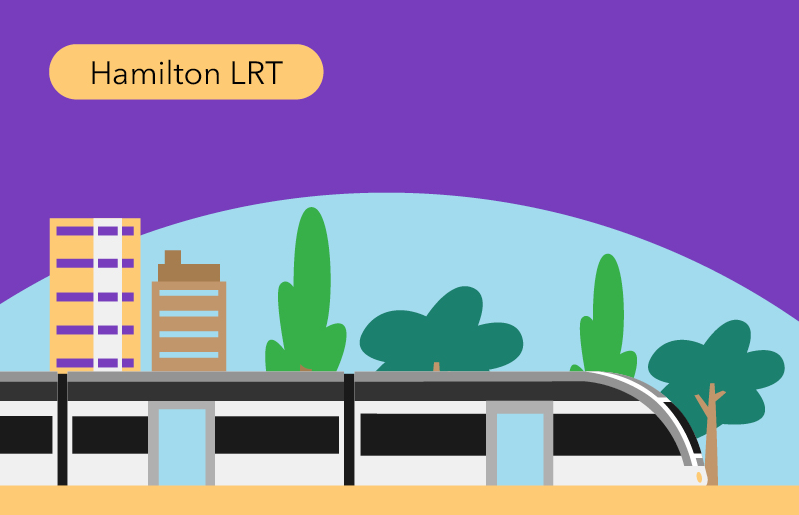Again, I would actually argue that this is less about fast transit and more about city building. Metrolinx/Gov of Ontario are pretty clear that the main point of these LRT projects are to spur development and replace aging infrastructure. It's not a rapid transit system like a subway, think of it more analogous to a tram line in a medium sized european city.
Exactly. Hamilton's B-Line isn't actually that slow. McMaster to Eastgate in 30 minutes is kind of very decent. Even with a fully grade separated Metro we'd likely see a 25 minute trip end to end, which isn't worth the insane increase in cost. The issue in Hamilton has never been the speed of the transit east/west during non-traffic times of day.
The Hamilton LRT accomplishes a few things:
1) Improves reliability as buses won't have to fight with traffic. This could have also been largely resolved with bus lanes which has been the argument of some, but misses the remaining items;
2) Increased capacity. The B-Line bus is over capacity during peak times. LRT will simply solve this by tripling (or more) the capacity.
3) Half the cost of LRT is Ontario/Feds paying for Hamilton's failing infrastructure. Hamilton might be one of the cities in Canada with the largest infrastructure deficit.
4) investment tool, bringing economic and real estate vitality back to Hamilton. It will cement the city's recovered from its collapse in the later half of the 20th century. It will also provide additional property taxes through redevelopment that will help Hamilton not fall into a deficit hole again.
5) Culture change. Hamilton is build for the car. That will start to break down, both now, but especially in 20-30 years when we continue to gain residents who choose to drive because of uncomfortable buses. Removing Hamilton's internationally notorious 4 lane single direction roads from its core and replacing it with an LRT tram line will completely change the entire vibe and culture of the city. Sure people will continue to drive their lifted F350 Super Duties with truck nuts, but the rest of us will be laughing as we pass them in traffic on the LRT.

